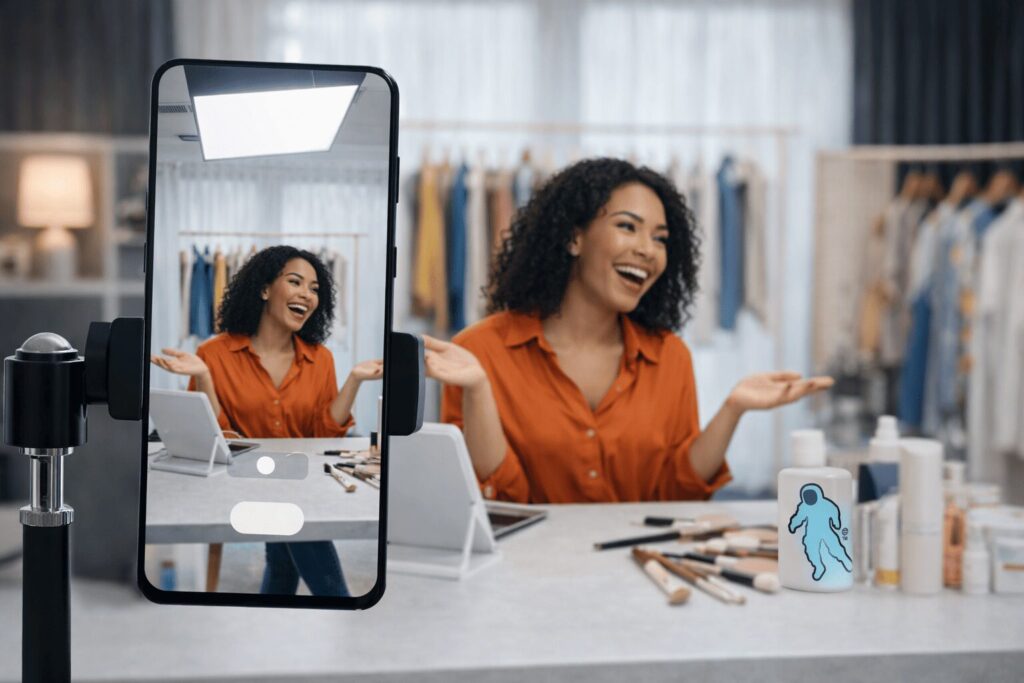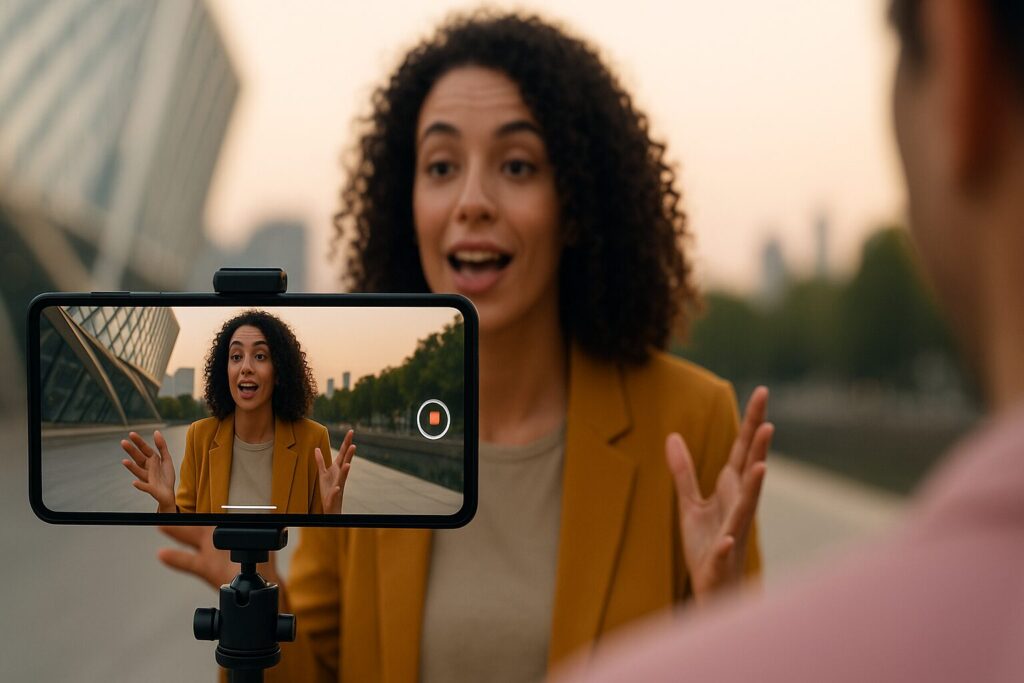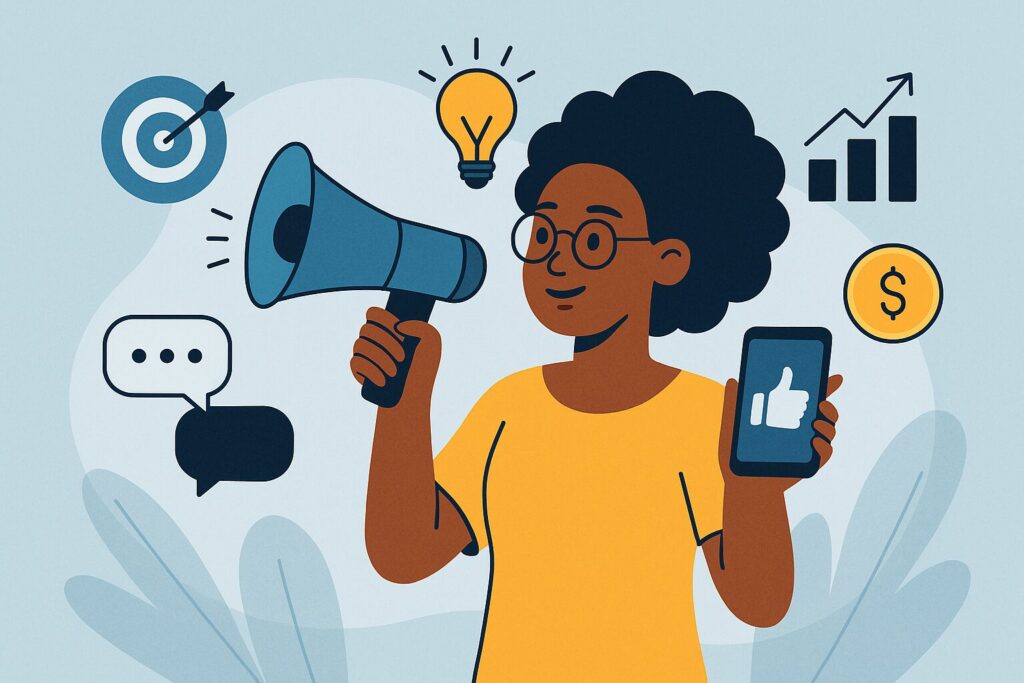
Marketing Prediction 2026: TikTok Shop Will Redefine CPG Growth
How CPG brands are using TikTok Shop to unlock unprecedented growth In 2026, social commerce... Read More >>

How Holiday Shoppers Are Changing in 2025 and What Winning Brands Are Doing About It
How Holiday Shoppers Are Changing in 2025 and What Winning Brands Are Doing About It... Read More >>

From Websites to Intelligent Digital Systems
How agencies can evolve their web services with AI without waiting to “finish learning”There’s a... Read More >>

Using AI to Find Your Next Star Creator
How brands are using artificial intelligence to identify influencers and UGC creators aligned with brand... Read More >>

Headless and Micro-Frontends: The Modern Stack for Scalable Web Experiences
Modern web development has evolved beyond traditional monolithic architectures. As brands grow and expand into... Read More >>

3 Pillars to Scale Your B2B Growth: Content, ABM and Automation
In today’s digital ecosystem, B2B growth is no longer about running more ads or publishing... Read More >>

5 Things You Need to Know About Instagram’s New 5120×1080 Format (And How to Make It Work for Your Brand)
Instagram just dropped a bombshell for creators and brands: an ultra-wide 5120x1080 format. This isn’t... Read More >>

Composable Architecture in Web Development: Build Faster, Scale Smarter
The way we build for the web is changing.Traditional monolithic architectures, where content, logic, and... Read More >>

Predictive Analytics in Digital Marketing: Anticipate Behavior, Maximize ROI
In today’s competitive digital landscape, reacting to user behavior is no longer enough. The brands... Read More >>

From SEO to Agent Optimization: How to Make Your Website Discoverable in the AI-First Web
For years, digital visibility has been defined by SEO. Brands optimized for Google’s crawlers, crafted... Read More >>
